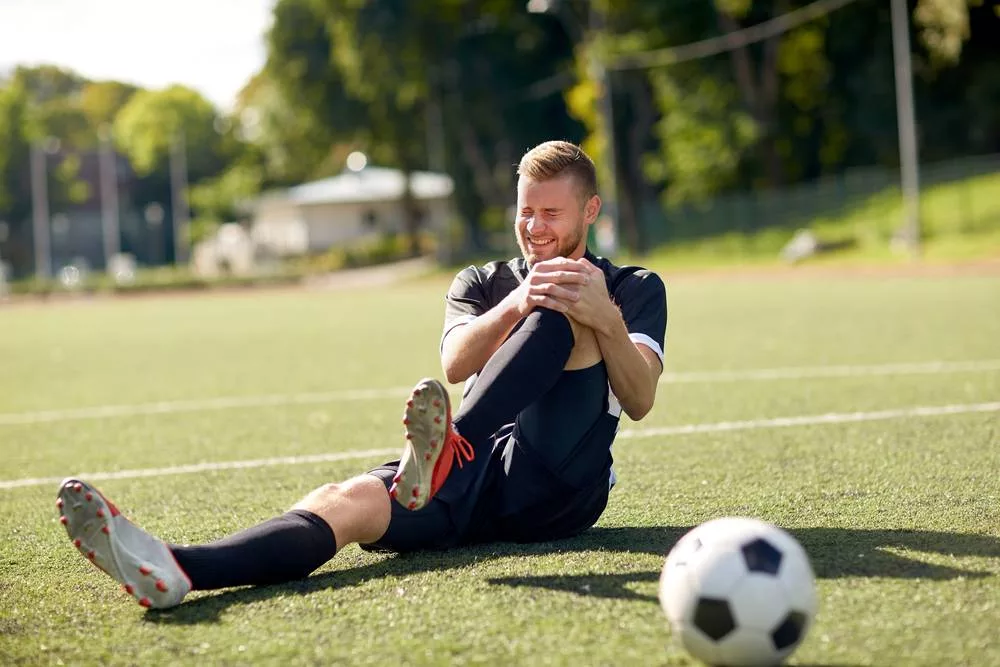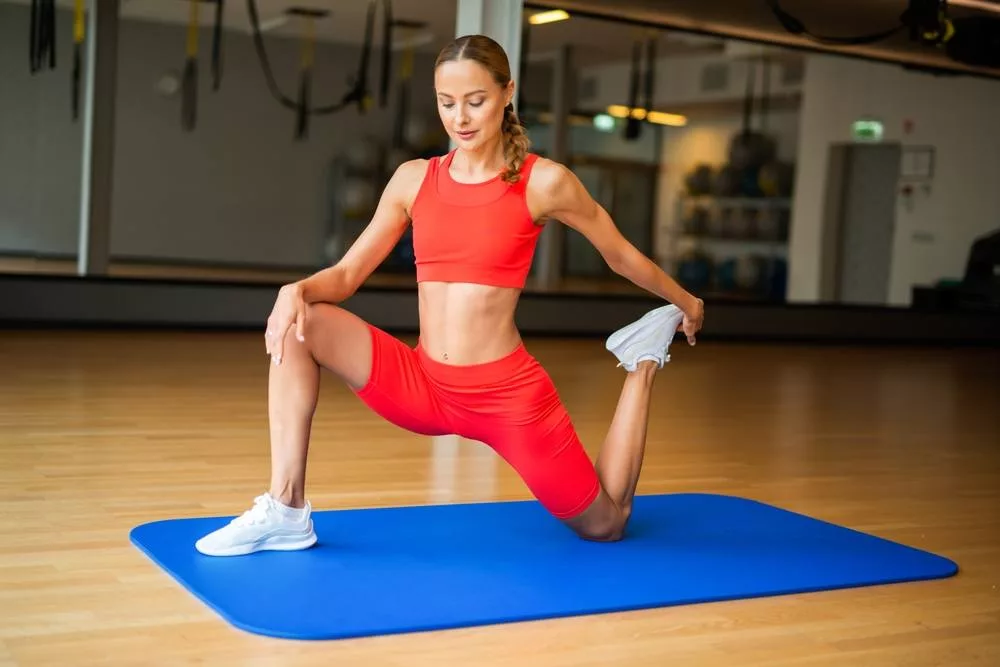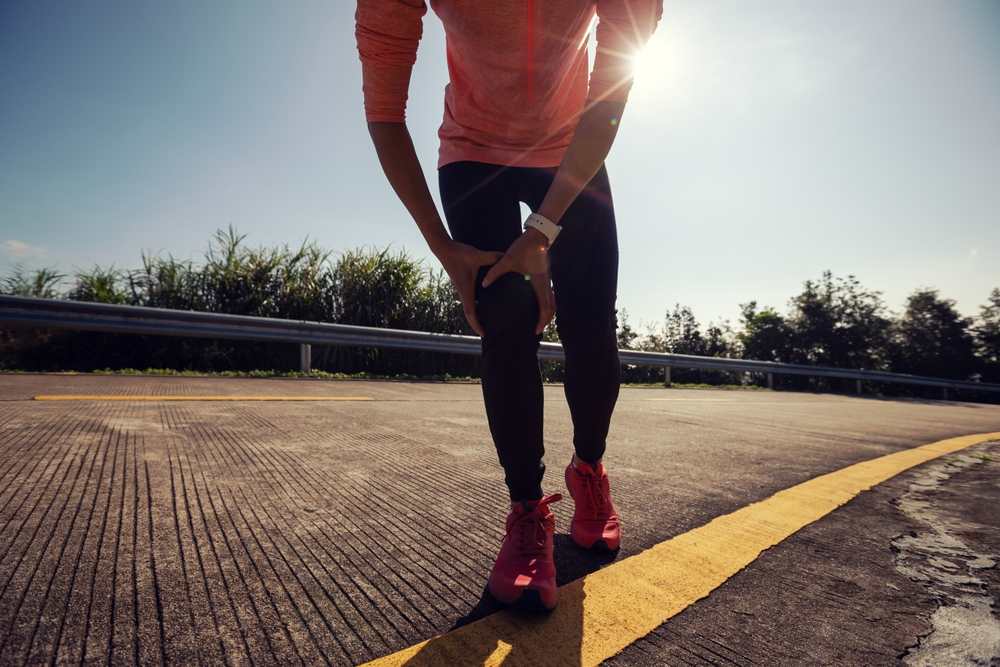Sports injuries can be a major setback for both athletes and fitness enthusiasts. Whether you are dealing with a sprained ankle or a torn ligament, a sports injury can keep you sidelined for weeks or even months. Sports injuries can hinder your progress and impede your performance. Thankfully, there are several effective options for preventing sports injuries and keeping yourself in top shape. By following a few simple tips and incorporating some best practices into your training routine, you can reduce your risk of injury while staying healthy and active for the long haul. Check out the best ways to prevent an injury and learn more about how a chiropractor for sports injuries can benefit you.
What Causes Sports Injuries?

Sports injuries can occur for a variety of reasons, and the risk for injury can depend on an athlete’s level of fitness, training, and the type of sport they play. Common causes of sports injuries include poor form or technique, overuse, and insufficient warm-up or cool-down. Simple changes to your routine can help prevent some sports injuries. Other types of injuries can occur through no fault of the athlete, like sports injuries or environmental conditions. Collisions with other players or objects can result in serious sports injuries that may require additional time and treatment to fully heal. The severity of a sports injury can also be influenced by factors including age, previous injuries, and the athlete’s overall health status. Understanding the common causes of sports injuries can help athletes of all skill levels take better precautions to prevent them and stay safe.
How Can You Tell If You Have a Sports Injury?
Sports injuries can range from mild to severe, and symptoms will typically vary depending on the type and location of the injury. Some common signs of a sports injury may include sudden or increased pain, swelling and inflammation, stiffness, weakness, and reduced range of motion. Some sports injuries may also result in redness or bruising, and you may even hear or feel a snapping or popping sensation at the time of the injury. It is important to pay attention to any symptoms you notice and seek medical attention if you suspect a sports injury. Downplaying or ignoring symptoms of a sports injury can result in further damage or complications, which can prolong your recovery time. If you experience any pain or discomfort during or after engaging in physical activity, it is best to rest and avoid putting further strain on the affected area until you can get it checked out by a doctor.
The Key to Preventing Sports Injuries

Preventing sports injuries is essential to your long-term health and performance. Here are some tips for reducing your risk of a sports injury.
Always Do Warm Up & Cool Down Exercises
Warming up properly helps to prepare your body for exercise while cooling down properly gives your body the time and space to recover effectively. A typical warm-up before physical activity should average 10-15 minutes, long enough to increase blood flow to your muscles and get your heart rate up. After participating in sports, take another 10-15 minutes to cool down and stretch. Engaging your body in stretches that target areas you’ve just exercised will help prevent stiffness and injury.
Be in Good Condition Before Playing Any Sports or Being Active
It is also important that you be in good physical condition before you engage in sports or physical activity. This helps to reduce your risk of sports injuries because your body can handle the physical demands of the activity. Regular exercise and conditioning help strengthen muscles, bones, and joints, which improves their ability to handle stress. Good physical condition can also improve overall athletic performance so you can perform at a higher level. Regular exercise and conditioning will best prepare your body for the physical demands of your sport and other activities, reducing your overall risk for injury.
Avoid Overtraining to Prevent Sports Injuries
Overtraining is a common issue among athletes and fitness enthusiasts alike. This typically involves pushing the body beyond its limits without allowing for enough time to rest and recover. Overtraining can lead to a host of problems, including a decrease in athletic performance and an increase in the risk of injury. When the body is overtrained, it doesn’t have the time to recover fully from previous workouts, leaving you more vulnerable to injury. Overuse injuries like stress fractures, muscle strains, and tendonitis can occur because of overtraining. Overtraining can also cause fatigue and muscle weakness, which may increase your risk for falls and other preventable accidents.
Stay Hydrated While on the Move
Staying hydrated is an essential aspect of injury prevention in sports. When you are dehydrated, your body is more susceptible to injuries. You may experience muscle cramps, spasms, or decreased flexibility. Dehydration can also decrease the flow of oxygen and nutrients to muscles. Your focus, concentration, and reaction time can also become impaired if you aren’t getting enough to drink. Staying hydrated before, during, and after physical activity is a key way to prevent sports injuries.
Use the Proper Sports Equipment
Proper equipment usage is essential for preventing sports injuries. The right equipment helps improve overall athletic performance by providing support, comfort, and protection. Protective gear like helmets, pads, and mouthguards are designed to absorb shock and protect vulnerable areas of the body from impact and potential injury. Proper footwear helps to prevent foot and ankle injuries and also provides your body with the support and traction needed for a particular sport. Sports equipment must always be properly maintained to ensure it functions properly and to help reduce the risk of injury.
Know the Rules & Play Safe
Knowing the rules of the game and playing safely both play an important role in preventing sports injuries. Rules and safety guidelines are in place to help protect players and reduce the risk of injury. Certain sports have specific rules in place to help prevent collisions, avoid dangerous plays, and report injuries promptly. Know the rules and play safe by using proper technique and wearing appropriate gear. By following the rules, you help keep yourself safe along with other athletes around you.
Can Chiropractic Care Help with Sports Injuries?
Chiropractic care can be a very effective solution for a variety of sports injuries. In fact, chiropractors specialize in treating a wide range of musculoskeletal and nervous system issues and injuries, including sports injuries. Chiropractic care can help reduce pain, restore mobility, and prevent re-injury. Athletes may choose to partner with a chiropractor for an all-natural and drug-free approach to treating sports injuries. Chiropractic care can also help with improving athletic performance by reducing pain and restoring normal joint function. Chiropractic adjustments and other techniques focus on addressing the source of your pain to help improve your range of motion, strength, coordination, and flexibility. Athletes may also be interested in chiropractic care when hesitant to take medications because of concerns about side effects or the risk of addiction.
Get Specialized Care for Sports Conditioning & Sports Injuries
Visit your Killeen chiropractor at Affordable Chiropractic Killeen for non-invasive sports conditioning and training. Our team of chiropractors offers a holistic approach to working with athletes in both treating injuries and helping prevent future injuries. Your Killeen chiropractor will help you determine the best ways to prevent sports injuries through a non-invasive approach to strength training and improving the connection between the brain and muscles to improve coordination, balance, and reaction time. Schedule an appointment today with a chiropractor at Affordable Chiropractic Killeen to learn more about how to prevent sports injuries and improve your performance on and off the field.

